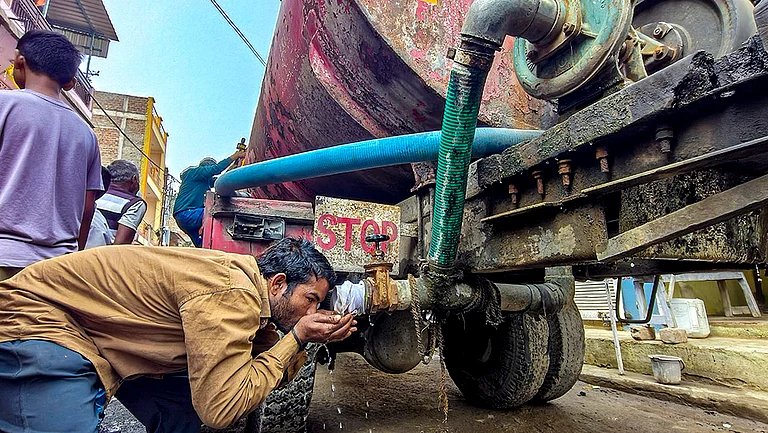What appears to be a new threat to the people of the Democratic Republic of Congo is a newly discovered deadlier-than-ever strain of mpox (earlier known as Monkeypox) which holds the potential to transmit with more ease between people. As per several reports, the this newfound strain has been responsible for several miscarriages and death of many children as well in Congo.
Researchers familiar with the potential of the strain, are already worried about the neighbouring countries getting infected.
Mpox: The 2022 global outbreak
Back in 2022, over 110 countries were affected by a global outbreak of the 'clade II' strain of Mpox. Largely, it was transmitted sexually amongst gay and bisexual people. The original 'clade I' strain caused several regular outbreaks in Africa since it was first detected in DR Congo in 1970.
Mpox: The latest strain
According to the people privy to the latest development, the latest mpox outbreak in Congo was 'something different'. For the first time, it was detected among sex workers in the remote mining Congolese town of Kamituga in September last year. Unlike previous outbreaks, this time the virus was being transmitted via sex between heterosexuals.
After rigorous testing, it was revealed that the new strain, 'clade Ib', was a mutated variant of the original strain 'clade l'. According to the researchers, it is "undoubtedly the most dangerous strain so far".
As per reports, so far, over 1,000 cases of 'clade Ib' have been detected in South Kivu province
Mpox new strain: What all it can do?
With a significant mortality rate, the virus is capable of killing five percent of adults and ten percent of children who get infected, said the researchers.
The characteristic symptom of positive infection is 'horrendous whole body rashes' unlike clade II, which caused lesions normally more limited to the genital area.
The strain has already caused several miscarriages and is also capable of leaving long-term effect on fertility.
Out of 384 people who died from all mpox strains in DR Congo this year, more than 60 percent were children, according to the World Health Organization.






























